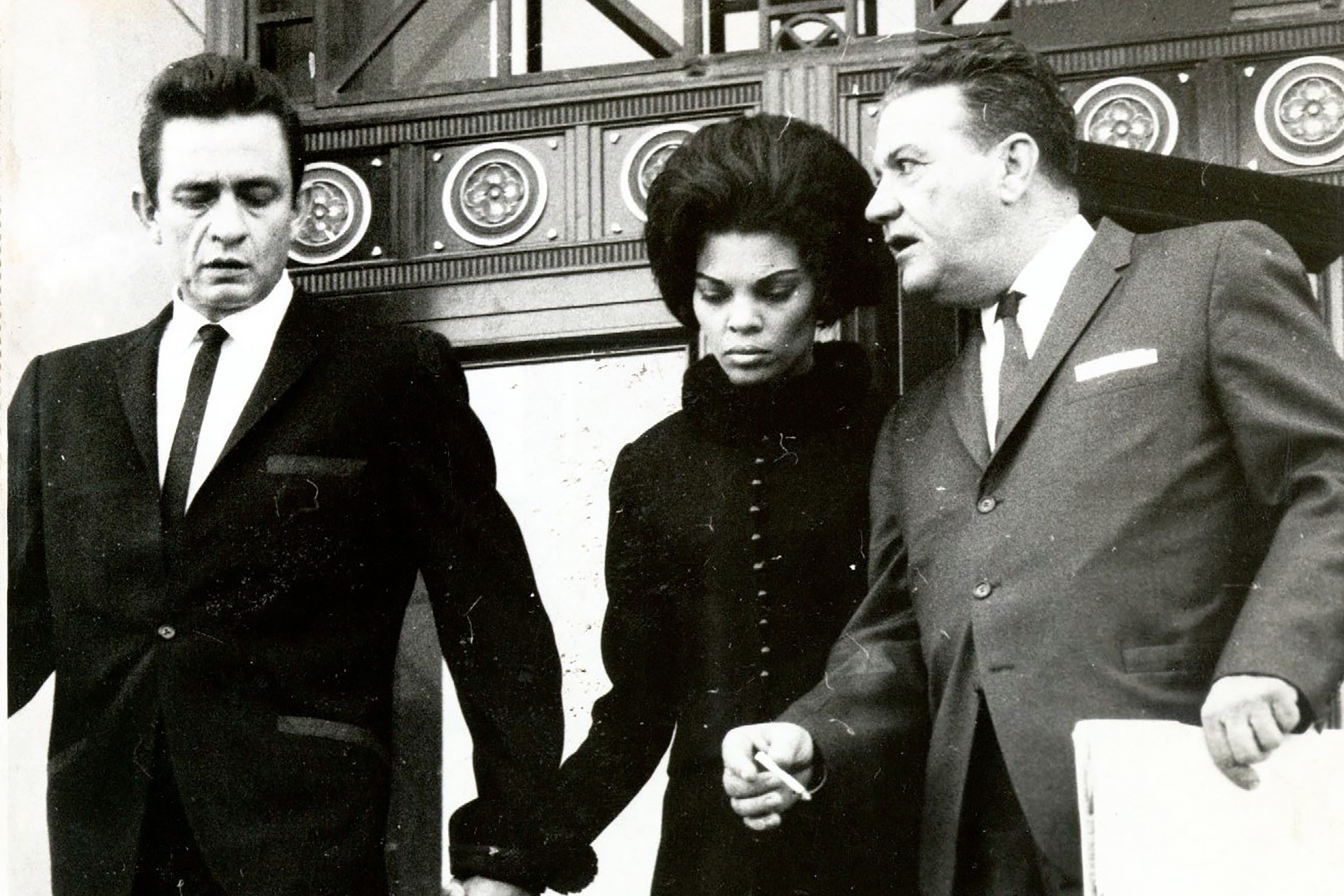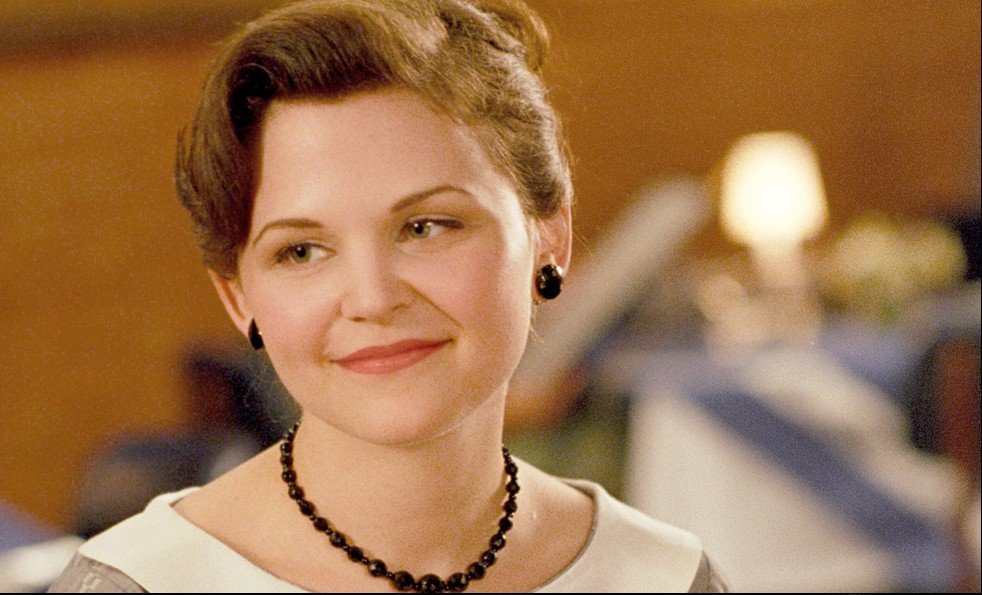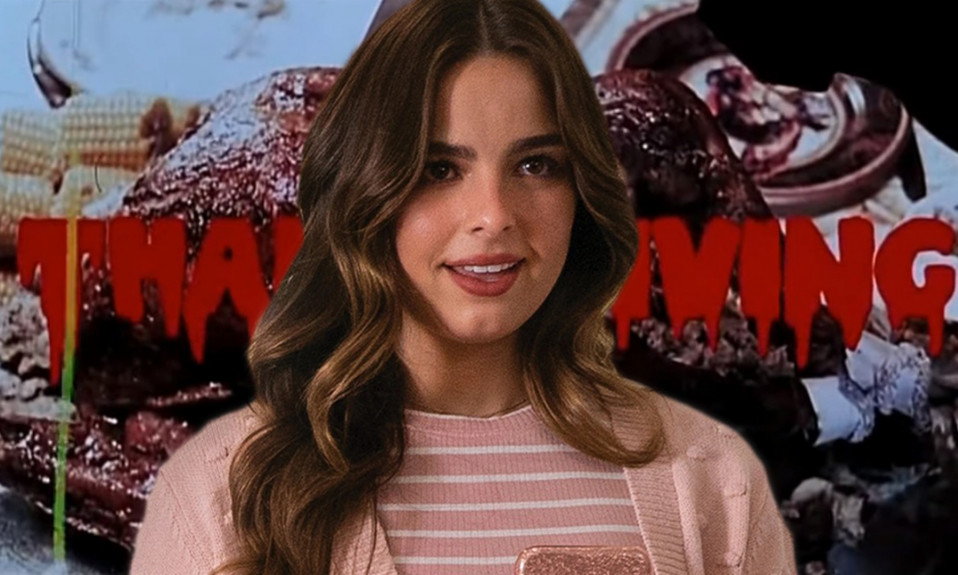Forget it, Jake, It’s Hollywood
Hollywood. Technically just another district in the city of Los Angeles, with barely 150 thousand people. It covers roughly 30 miles in a city of more than 500 square, but the myth and reach of Hollywood stretches a lot farther. Although people have settled there since 1853, what we call “Hollywood” didn’t spring up until 1902– And the first film wasn’t made there until 1908: The Count of Monte Cristo. Ever since “Hollywood” has become the chronicler of North American culture – and with that comes great power. You know the line: with great power comes great responsibility. Intended or not, Hollywood holds the reins of history and decides who will be revered, who will be remembered, who will inspire fear… and who will be left out entirely.
Just the facts, Ma’am
Around the time that Hollywood was making its first pictures, the United States was taking its thirteenth census, and surprise: The U.S. was nearly 89% White. That had a huge impact on the way Hollywood would develop over the next one hundred and thirteen years. The country was about 11% Black, 0.9% Hispanic, 0.3% Indigenous, and 0.2% Asian. Fast forward to 2021: The country is around 59% White, 18.5% Hispanic, 13.4% Black, 5.9% Asian, 1.5% Indigenous, and about 2.8% Mixed Race. Very different numbers. Yet, the films and shows coming out of Hollywood haven’t changed with the pace.
In 2011, American diversity in film was tracked for the first time. Most films fell into the lowest diversity bracket– less than 11%. In 2020, however, nearly 29% of all American films had a cast diversity level of 50% or more—- Quite an improvement. But all in all, that still means that 71% of American films were hardly diverse at all. And if you consider that for many Hollywood films “diversity” means the minority characters are glorified extras or so whitewashed themselves you’d be hard-pressed to even notice their minority status, even that 29% starts to look suspect.
The one with the all-White cast
Only in the most recent of the last eleven consecutive decades has diversity been a real goal in “Tinsel Town”; before then you’d get the occasional multi-cultural hit, such as ‘Rush Hour’ (Jackie Chan, Chris Tucker), ‘Lethal Weapon’ (Mel Gibson, Danny Glover), and ‘Men in Black’ (Will Smith, Tommy Lee Jones), but more likely you’d get movies like ‘Back to the Future’ and ‘Dirty Dancing’, and tv shows like ‘Seinfeld’ and ‘Friends’. I could easily list one hundred movies and Tv shows that somehow make the United States appear magically one race. Shows like ‘How I Met Your Mother’ depict New York City—- one of the most diverse cities in the world—- as completely one-note. As someone who spent over a decade living in Manhattan, I can tell you many tourists are genuinely surprised when they realize that nearly 6 of the 8 million people in NYC aren’t White. Lee Atwater coined the famous phrase, “Perception is reality”. Which means with representation in the U.S.A. being what it is, American minorities are marginal… or don’t exist.
Show me the money
Every studio swears they are committed to providing diverse film casts, but something tells me their newfound commitment isn’t completely altruistic: Movies that were made up of 41% to 50% minorities had the highest median global box office receipts; Films with less than 11% minorities performed the worst. In recent years projects such as Black Panther (Grossed $1.3 BILLION, Budget $200m) and Crazy Rich Asians (Grossed $238m, Budget $30m) have been turning the heads of Studio executives, and a tidal wave of diversity may be coming. A clear sign of change lies in the fact that people of Color made up 39.7% of film leads in 2020 – a substantial leap from just 10.5% in 2011. However, there’s still a lot of room for growth behind the camera: Across 886 directors from the top 800 grossing films from 2007 to 2015 (excluding 2011), only 5.5% were Black and 2.8% were Asian.
Houston, we have a problem
Aside from diversity issues in general, lies the problem of the true re-writing of history: Whitewashing. From the nearly all-White cast of ‘Gods of Egypt’ to Angelina Jolie playing an Afro-Chinese-Cuban-Jewish woman (‘A Mighty Heart’), some minority roles have been literally appropriated by White performers.
In The Human Stain, Anthony Hopkins plays an African American professor that has apparently been passing for White since college. Yes, the argument could be made that if he could pass for White, why not get a famous White actor to play him? Why indeed, aside from the fact that it’s not remotely believable that Hopkins comes from a Black family, and there are plenty of light-skinned Black actors that would have done justice to the role. Passing as White does not indeed make you White, and there was no part of Hopkins performance that conveyed any level of Blackness.
Even when it’s inspired by a true story, such as in Stuck, based on the story of a Black woman who hit a homeless man, but was cast as White in the film, or Ring of Fire, the story of Johnny Cash in which his Black Italian first wife was played by the same woman who portrayed Snow White on the tv series Once Upon A Time, minority characters are unapologetically replaced by White ones. Here’s a quick sample, but the examples are countless:


Tom Cruise, ‘Edge of Tomorrow’: The Japanese character Keiji Kiriya was changed to Major William “Bill” Cage.
Rooney Mara, ‘Pan’: The Indigenous American character “Tiger Lily” is played by White actress Rooney Mara.
Ben Affleck, ‘Argo’: Ben played the part of Tony Mendez, based on a real-life Hispanic CIA agent.
Bye, Felisha
Throughout this article, each section is prefaced with an old movie or tv quote, all of which has come from a traditionally “White” film; This last one I pulled from a Black movie just to make a point: Many of you won’t know it. This film (‘Friday’) had some of the best comedic actors of their time— Chris Tucker, Bernie Mac, & John Witherspoon to name a few— but until now “Black” movies & shows are considered for Black people only, while “White” films are thought to be for everyone; This way of thinking created one of the biggest cultural divides in our country. After nearly 530 years of sharing this country with each other, White America still hasn’t bridged the cultural divide. Everyone says that America is a melting pot but until now, it’s been more like oil and water. But if we continue this trend of diversity, easing the (sometimes unintentional, sometimes not) grip White Supremacy has had on Hollywood, if we open our eyes to each other, and welcome each other’s stories into our lives and our living rooms, I think that we would suddenly realize that what they say is true— There is only One Race: The Human Race.
Also Read: BLACK to the Future: The Rise of AfroFuturism













